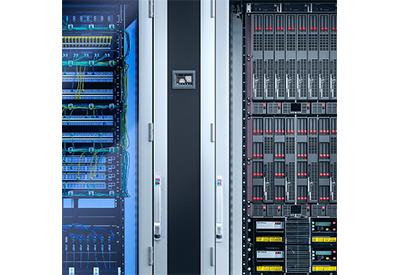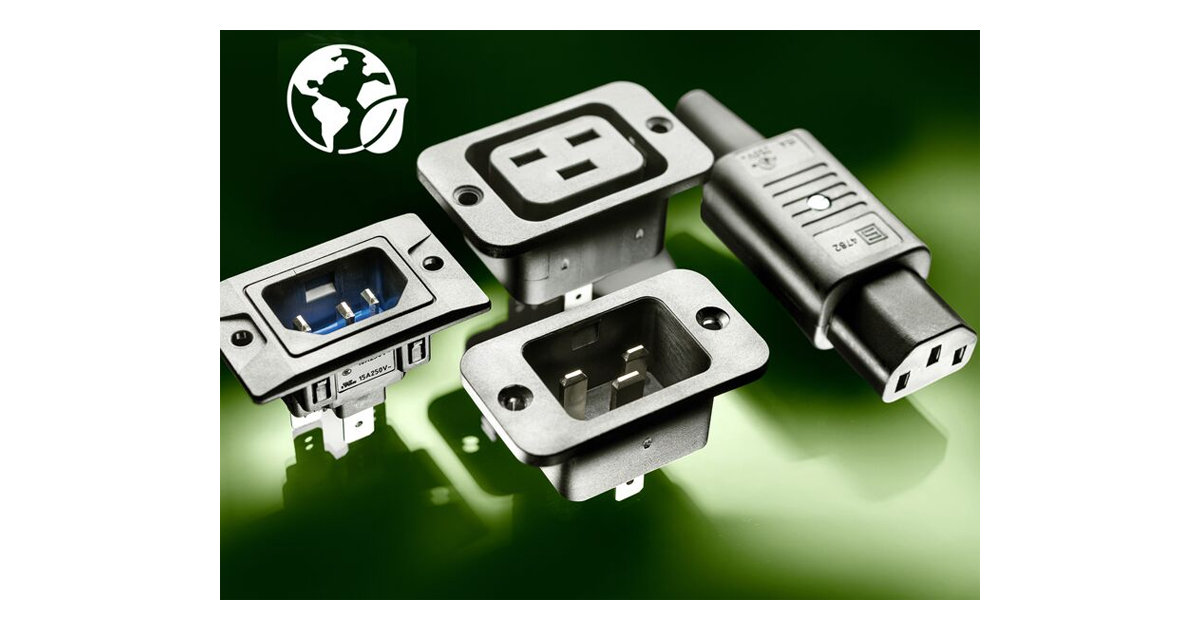How to Choose the Right Small Enclosures to Help Reduce Your Automation Footprint

July 3, 2023
A recent discussion of current trends in the industrial automation world explored in part how manufacturers are striving for increased digital connectivity in order to leverage a more data-driven, transparent approach to manufacturing. While a more connected ecosystem has a number of benefits in terms of production efficiency, flexibility, and output, it does present some challenges in maximizing the space of your production floor.
For example, a more connected automation infrastructure can mean an increased number of industrial enclosures to help power manufacturing equipment, and this can pose a significant challenge for manufacturers in the automotive and material handling space who are already struggling to make the most of both new and retrofitted facilities.
Small enclosures can help alleviate this concern, but not all small enclosures are designed equally. Let’s look at a few things to consider when choosing the right small industrial enclosure to help reduce your automation footprint without sacrificing a more connected, robust automation ecosystem.
Unique or challenging manufacturing deployments
For many designers and engineers, environmentally harsh industrial applications call for large unibody enclosures in part due to their strength, durability, and protection against the ingress of hazardous particles. But automation architects should not sleep on the ability of the right small industrial enclosures to provide the same degree of toughness while mitigating the use of space that is part of large enclosures.
This is particularly true in the material handling space, where handlers are faced increasingly with the idea of retrofitting existing facilities for warehouse automation.
Retrofitting means getting creative with your automation infrastructure to include components like overhead conveyors or parcel-picking equipment that can handle the massive influx of parcels in the material handling pipeline — and each of these requires maximizing the use of factory space via enclosure configuration flexibility, mounting versatility, and panel wiring capacity.
Plus, the growth of distribution centers and warehouses means more variance in location and climate, and this means small enclosures that are engineered for indoor and outdoor use.
Rittal’s line of wallmount industrial enclosures is not only designed for the highest level of protection with up to IP 66, but the ability to mount these small enclosures to the wall helps you reduce the number of them on the factory floor. Foamed-in-place gaskets and a cold rolled steel body and door help ensure electrified panels do not come in contact with damaging airborne particles. What’s more, Rittal’s wallmount enclosures offer quick, simple configuration and installation, and flexible cable entry points help manufacturers customize the enclosure to their specific production needs.
Rittal’s new WMV Vented Enclosure Type 3R is specifically designed to withstand harsh environmental conditions of outdoor deployments while also optimizing the layout of your facility. Sensitive electronics can be extremely susceptible to heat, dust, moisture, and debris, but the new WMV vented enclosure is engineered to overcome these elements via:
- Maximum protection against corrosion
- Easy access for simplified troubleshooting and a more proactive approach to maintenance
- Filter and fans to provide more optimized cooling
- Vented hood and roof module to better dissipate heat
The durability and space-saving capability of the WMV make it ideal for distribution hubs and outdoor warehouse facilities, and also for use alongside Rittal’s Toptec CS in electric vehicle charging stations, which have emerged as a major growth area for the U.S. automotive manufacturing industry.
Fluctuations in demand and shifts production
Speaking of the EV charging stations, the automotive manufacturing industry is in the midst of a massive transition from internal combustion engine vehicles in favor of EVs — in fact, some forecasts believe that 50% of all new cars sold in the U.S. will be EVs by 2030.
For automotive manufacturers, this means — at least in the short-term future — facilitating production of gas and electric-powered vehicles in the same facility, which can pose significant challenges based on the production parameters of each breed of vehicle.
What complicates this even more, is that the U.S. auto industry’s Big 3 are introducing new EV makes and models in order to satisfy consumer demand — this means that automotive manufacturers are now cranking out compact EVs, electric SUVs, and even full-size trucks that use battery technology.
This fluctuation in consumer demand and shift in production requires industrial enclosures that are versatile enough to respond and adapt to changes in the automotive manufacturing game while still conserving precious square footage in the factory. Plus, the ability to quickly install and integrate enclosures that are engineered for the rigors of automotive manufacturing is key in helping automotive manufacturers avoid costly downtime.
Rittal’s AX small enclosure allows for configuration and deployment flexibility to help manufacturers seamlessly integrate the cabinet into existing automation systems. What’s more, the AX’s simplified engineering allows it to be customized to suit the needs of specific automotive manufacturing environments without sacrificing the protection and security of mission-critical electronic components.
The AX achieves superior flexibility through:
- A variety of mounting capabilities without the need for tooling or machining
- 33% larger gland plates for more flexible cable entry and wiring
- Easy door and hinge assembly reversal, even with double-door enclosures
- Tool-free enclosure door and cam lock installation
Available in carbon steel and fiberglass reinforced polyester, the AX can be deployed indoors and outdoors with IP 66 and NEMA Type 1, 3R, 4, and 12 protection for superior durability and reliability. In addition, dipcoat primed exterior panels and zinc-plated mounting panels provide enhanced protection in the face of a variety of environmental elements that are common in automotive production.
Choosing small industrial enclosures is a vital component in reducing your automation footprint. Rittal’s line of industrial enclosures of all sizes and accessories like junction boxes, terminal boxes, and HMI integrations are designed to help you create next-level production efficiency while keeping your automation footprint in check. Explore Rittal’s line of industrial enclosure solutions and see how their simplified approach can help you get the job done.












